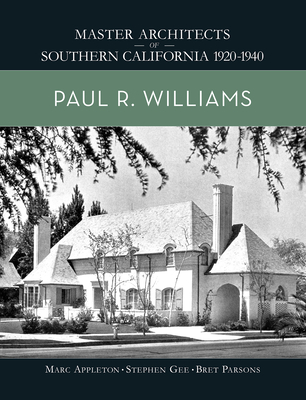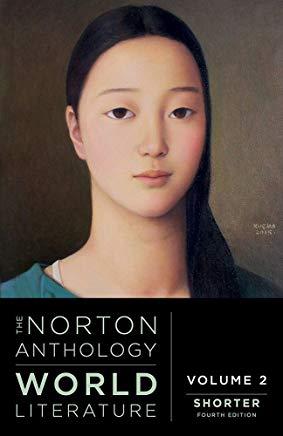
As part of a larger series on "Master Architects of Southern California: 1920-1940", this book highlights the work of Paul R. Williams, using vintage photographs.
Master Architects of Southern California 1920-1940, a twelve-volume series produced by Marc Appleton and Bret Parsons showcases the work of the Golden Era's most important residential architects as originally featured in the earliest issues of The Architectural Digest. Featuring some of the earliest known photographs of the work of legendary architects, the series is devoted to the era when oil titans, film industry moguls, bankers, and successful entrepreneurs who were new to the region hired the most accomplished and talented architects they could find.
In the latest volume, Paul R. Williams, the authors, in collaboration with writer Stephen Gee, focus on an architect whose trailblazing career defied the odds. The orphan son of an African-American fruit and vegetable merchant, Williams overcame widespread discrimination in early to mid 20thcentury America to become one of the most significant architects of his time. Working in a variety of styles, his mastery of harmonious proportions and signature undulating lines helped define a golden era in Southern California architecture. The more than 3,000 structures that carry his architectural imprimatur ranged from modest, affordable homes to extravagant mansions for Hollywood's elite, as well as important civic and commercial projects.
member goods
listens & views

SOPHISTICATED BOOM BOOM: SHADOW MORTON ...
by SOPHISTICATED BOOM BOOM: SHADOW MORTON STORY / VAR
COMPACT DISCout of stock
$13.99






